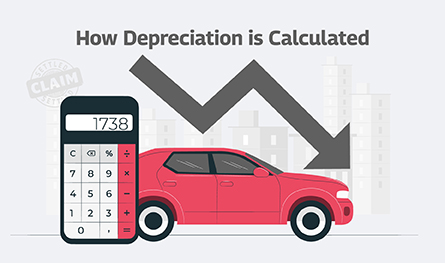Related Articles
 Jan 08, 2025
Jan 08, 2025
Is Varicose Vein surgery covered under the health insurance policy in India
 Health Insurance
Health Insurance
.png)
This blog talks about the difference between two claims departments – TPA and In-House and which one is deemed to be more customer-friendly. Read on to find out.
.png)
When you need to file a claim request as part of your health insurance policy, you can do it either directly with the insurer or with TPA. What exactly is TPA and is it different from the insurer’s claim department? Let’s understand all about this in this post.
Before we proceed, let’s begin by clarifying what exactly does TPA stand for so that it isn’t confused with the insurer. TPA refers to a Third-Party Administrator and, as you may have understood by now, health insurance TPA is indeed different from your insurance company.
Your insurer may outsource claim-handling to a third-party group to process all claims from the policyholders on the behalf of the health insurance company. This third-party group is known as TPA in health insurance. Interestingly, both the insurer and TPA insurance work quite differently when it comes to handling claim requests from the insured.
Let’s begin by understanding what TPA is its role in health insurance. The TPA desk is essentially an outsourced support team that handles all medical claims filed at a hospital. Your insurance company appoints this support team for its assistance to mediate between the hospital authorities and the insured for a smooth claim-settlement process for both.
Serving as a mediator, the third party administrator insurance also handles all communication and correspondence that takes place between the insurance provider and the policyholder with regard to claims. It must be remembered here though that TPA is merely a mediator and has no authority to either accept or reject a health insurance claim filed by the insured.
It only works on making the whole process simpler for both the insured and the hospital staff on behalf of the insurer. The final authority to accept and reject claims and also settle the amount for each rests solely with the insurer.
Having understood what exactly is a TPA team, let’s now look into its actual role and how it functions when it comes to claim-settlement in medical insurance. The TPA desk has the following 3 primary roles to perform:
Note: The Insurance Regulatory Authority of India (IRDAI) has provided authorization to nearly 26 Third-Party Administration companies in India. Each TPA has a unique code which the insured must enter while filing a claim request with the insurer.
Now let’s move on to another party involved in the health insurance claim-settlement process for the insured. The in-house claim-settlement team is your insurance company’s own team handling all the claims for the insurer within the company itself. It is therefore different from the outsourced TPA desk detailed above.
Each insurance company has a dedicated department within to handle all medical claims filed by the insured. Unlike TPA, this team directly coordinates with the insured to handle all claim requests.
The primary responsibilities of the in-house claim-settlement team include:
We discussed in detail above about the meaning of TPA and the in-house claims department of the insurance company. We also discussed each of their roles and functioning with regard to the claim-settlement process for the insured. Now, a common query that most policyholders have is which one should they really go to or approach when it comes to filing a claim request. Which team is more friendly to the end customer?
If you look at it closely, the services provided by an in-house claims-settlement team clearly outweigh the benefits of a third party administrator in health insurance. The following proves this point:
Young and healthy? Find out which of these plans rewards you with lower premiums. Click here to check now!

Paybima Team
Paybima is an Indian insurance aggregator on a mission to make insurance simple for people. Paybima is the Digital arm of the already established and trusted Mahindra Insurance Brokers Ltd., a reputed name in the insurance broking industry with 21 years of experience. Paybima promises you the easy-to-access online platform to buy insurance policies, and also extend their unrelented assistance with all your policy related queries and services.

.jpg)
Having a bike is not just about convenience, it’s a huge responsibility. Financial protection of your two-wheeler is important and the best way to ensure that is to have a bike insurance policy that will protect you in case of an accident, theft or a natural calamity. There are so many options when it comes to policies, making it difficult to know what’s best. This guide makes it easier to choose the best bike insurance policy that is suitable for you.


Non-linked, non-participating term plans are the ones that do not participate in the business and profit of the insurance company. These are fixed premium plans where the policyholder pays a fixed amount to ascertain a guaranteed sum as a return to be paid to the nominee in case of his/ her demise. Let’s learn more in this post.


Car depreciation implies the difference between the cost of a car at the time of buying the car and when you sell it. A car insurance claim amount is determined by the car depreciation rate. The car depreciation rate is the reduction in the value of your car over its lifespan caused by wear and tear.


Have you ever caught yourself lost in illusions about your daughter's future events, such as her university convocation and first day at work? Her university convocation. When she embarks upon her initial job after graduation will be the day.

.png)
Accidents can happen anywhere, anytime, by your own fault or another person. What’s important is to be prepared for such mishaps. This is where Own Damage Car Insurance comes in handy.
